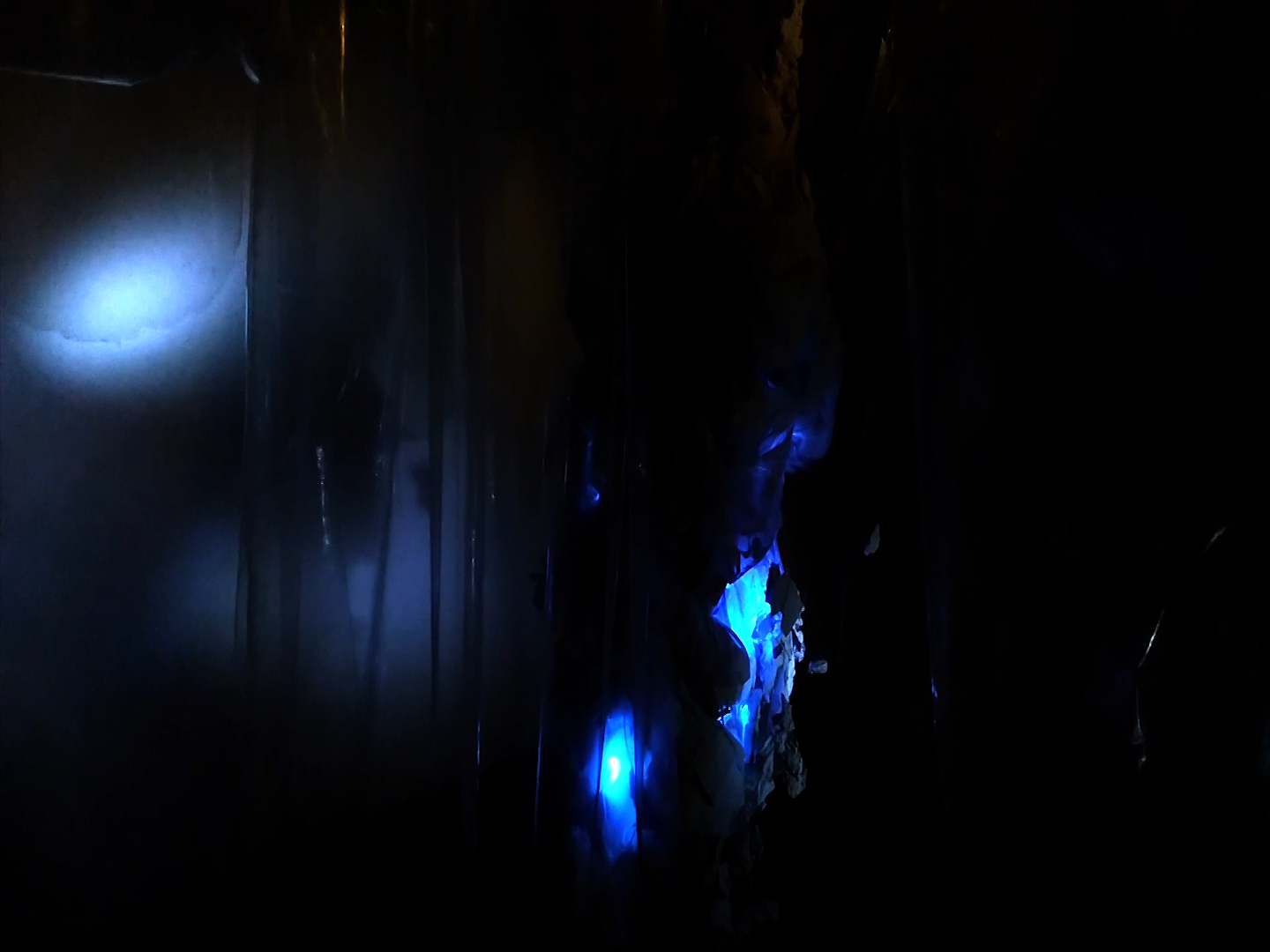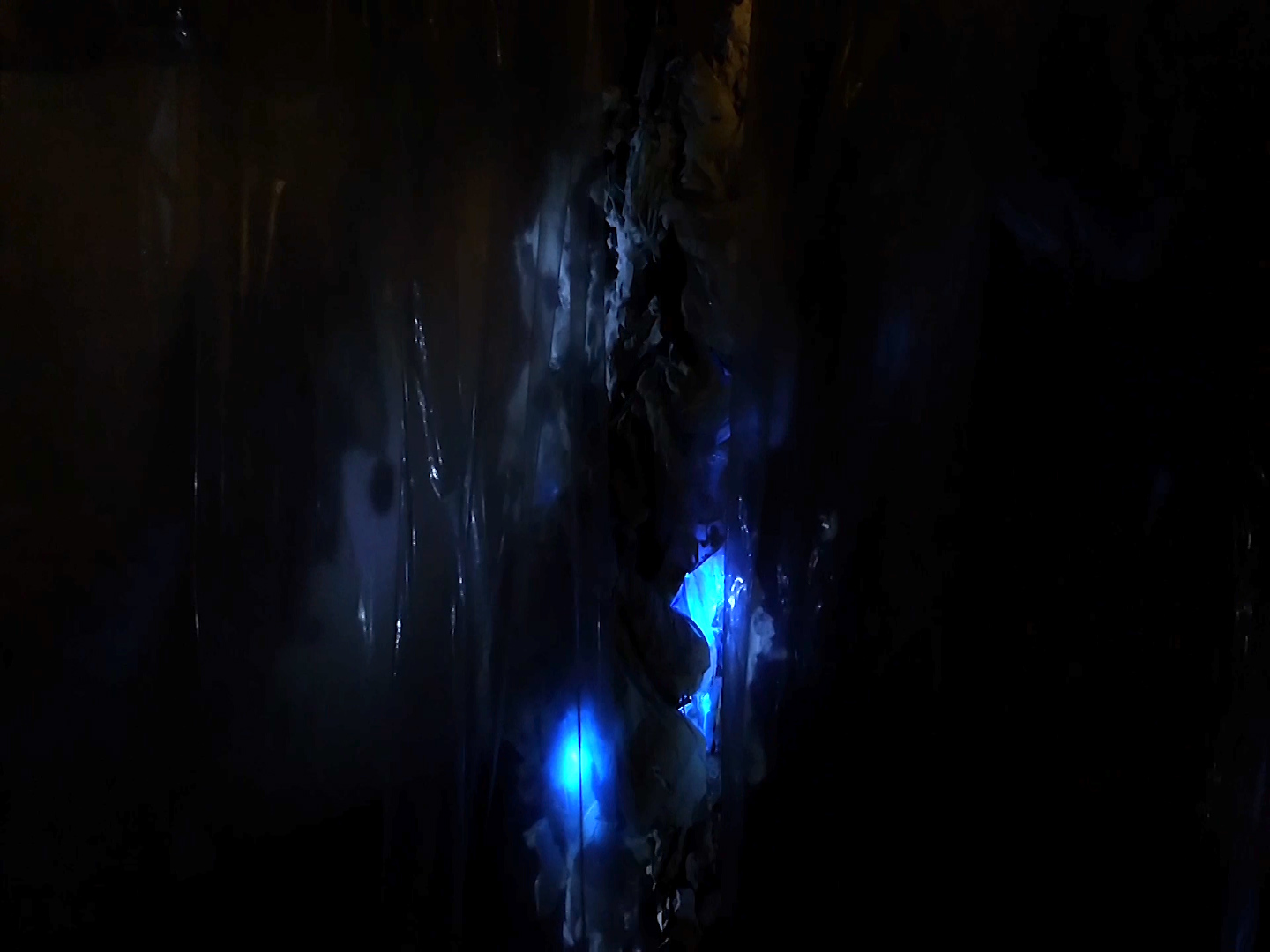Chrysalis
In the life of an insect the pupal stage follows the larval stage and precedes adulthood (imago). It is during the time of pupation that the adult structures of the insect are formed while the larval structures are broken down. The adult structures, imaginal discs, then grow to become the adult structures. Pupae are inactive, and usually sessile (not able to move about). However, the pupae may be exarate (have movable legs, wings, antennae, etc.) or obtect (covered in a hard case with the legs and wings attached immovably against the body). They have a hard protective coating and often use camouflage to evade potential predators.
Pupation may last weeks, months or even years. For example, it is two weeks in monarch butterflies. The pupa may enter dormancy or diapause until the appropriate season for the adult insect. In temperate climates pupae usually stay dormant during winter, while in the tropics pupae usually do so during the dry season. Anise swallowtails sometimes emerge after years as a chrysalis.


